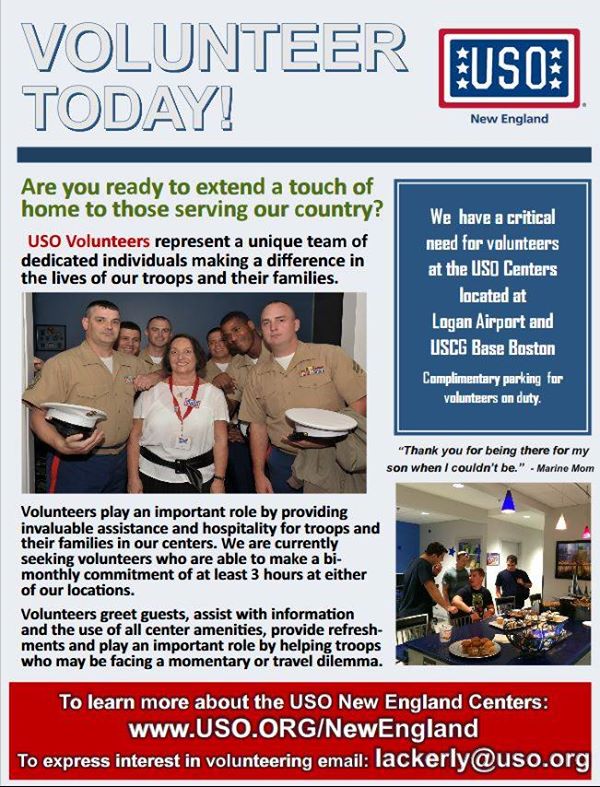Wheelchair accessibility helps people who can no longer get around without support. You can optimize your home and your daily life to make things easier for your loved one if they are not as mobile as they use to be.
Wheelchair Ramps
Ramps make it much easier for people in wheelchairs to exit and enter their homes. The material for the ramps should be standard wood, but you can use protective coatings on the ramp to make sure that the weather doesn’t weaken it. You must check to see if the person using the wheelchair can easily push themselves up the ramp and down the ramp without the wheels getting snagged on anything.
Don’t space the wooden planks too far apart. The gaps in the wood can cause a bumpy ride at the least and a health hazard if you’re not careful. You can even buy portable ramps that you can take with you on road trips. The person in the wheelchair may also need help getting into vehicles and other establishments. Portable ramps can certainly come in handy at the most inconvenient times.
Wider Doors Inside
You must ensure that doors have easy paths of travel. Don’t place boxes or other items close to doors when a person using a wheelchair will have to navigate through the opening. The doors in the home may need to be wider if they are less than 32 inches wide. The wheelchair user must have plenty of space to get through.
Wider doors can also make a people feel more comfortable inside the home. The bare minimum amount of space can make them feel cramped and closed in. They should at least be given some freedom of movement even though they are using a wheelchair.
Wider Hallways
Wider hallways are also essential to the comfort and well-being of someone who gets around in a wheelchair. The wheelchair must be able to move freely through the halls with plenty of space to spare. Make sure there is at least 36 inches of space between the walls in the hallways.
You might also need wider hallways if the wheelchair will need to turn corners to get to different rooms. It can be difficult for a wheelchair to navigate through tight corridors without rounded corners. Leaving plenty of space will ensure a happier and healthier experience.
Bathroom Changes
It’s time to get rid of that bathtub in your bathroom. Showers are much more accessible for wheelchairs than bathtubs. You can also install hand-held shower heads and seats so that people using wheelchairs can have a better chance at bathing themselves. The person will be much more comfortable in the shower since they can just open the door and wheel their way in.



